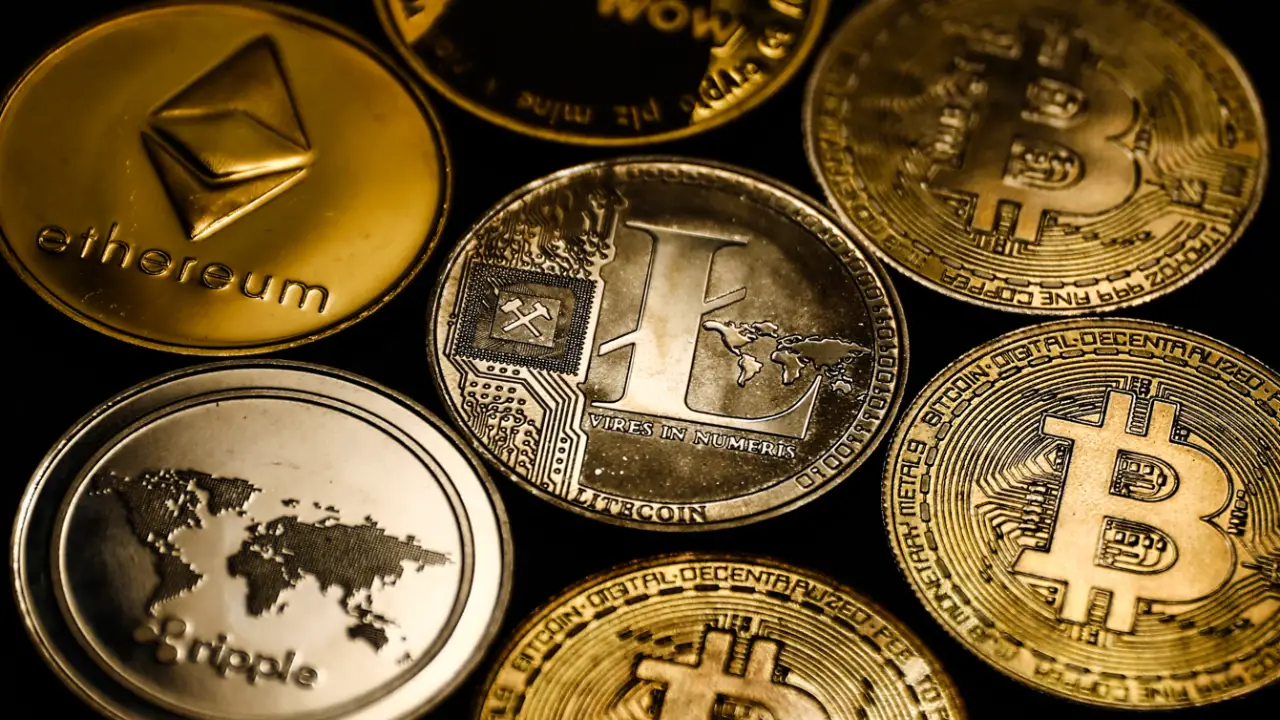Shop At Haya: Your Ultimate Shopping Guide
Discover the best shopping tips, trends, and deals for a smarter buying experience.
Crypto Conundrums: Are We Just Gambling with Pixels?
Discover the truth behind crypto investments! Are we really just gambling with pixels? Unravel the mystery in our latest blog post!
Understanding the Line Between Investment and Speculation in Crypto
When navigating the volatile landscape of cryptocurrencies, it is crucial to understand the line between investment and speculation. Investment typically involves a careful analysis of an asset's fundamentals, potential for growth, and long-term viability. In contrast, speculation usually hinges on short-term price movements and market trends, often driven by emotions rather than a deep understanding of the asset. For many, the key to success in the crypto world lies in identifying genuine opportunities for investment while recognizing when they are simply engaging in speculative behavior.
Investors often employ strategies such as diversification, setting stop-loss orders, and conducting thorough research to mitigate risk, while speculators may rely on trends, hype, and social media sentiment. It's essential to establish clear investment goals and risk tolerance to strike the right balance. By distinguishing between these two approaches, one can navigate the complex waters of cryptocurrency with greater confidence, making informed decisions that align with their financial objectives.

Are NFTs the Future of Digital Ownership or Just Another Fad?
The debate surrounding NFTs (Non-Fungible Tokens) has intensified as they continue to capture the attention of artists, collectors, and investors alike. Proponents argue that NFTs represent the future of digital ownership, allowing creators to sell their work in ways that were previously impossible. This unique digital format enables verifiable ownership and provenance through blockchain technology, making it simple to track the history and authenticity of a digital asset. As a result, artists can monetize their work and retain a connection with their audience, leading to a more engaged digital community.
On the other hand, critics warn that NFTs might just be another passing trend, filled with uncertainty and speculation. They point to the volatility of the NFT market and the potential for scams and copyright issues as significant red flags. Moreover, many question whether the experience of owning a digital asset is worth the investment, especially as the market becomes saturated. Ultimately, the question remains: are NFTs here to stay, fundamentally altering how we perceive digital ownership, or will they fade into obscurity as another fleeting innovation?
The Psychology of Trading: Why Does Crypto Feel Like Gambling?
The realm of cryptocurrency trading has often been likened to a game of chance, drawing parallels with traditional gambling due to the inherent volatility and unpredictability of the market. Investors frequently experience a rush of adrenaline similar to that found in casinos, where the stakes feel high and outcomes can change in an instant. This psychological aspect can lead traders to make impulsive decisions based on emotions rather than sound strategies, blurring the line between informed investment and mere gambling. As fluctuations occur rapidly, many traders find themselves caught in a cycle of speculation, mirroring the behavior of gamblers betting on games of chance.
Moreover, cognitive biases play a significant role in the psychology of trading. For instance, the loss aversion theory indicates that individuals prefer to avoid losses rather than acquire equivalent gains, making them susceptible to holding onto losing positions in hopes of a turnaround, akin to a gambler chasing losses. Additionally, the concept of bandwagon effect can lead traders to follow market trends without thorough analysis, reinforcing the gambling mentality. Understanding these psychological triggers can empower traders to adopt more disciplined approaches to investing in cryptocurrencies, ultimately promoting healthier trading practices.